The Congress’ hope to wrest Haryana from the BJP is lost. The Grand Old Party’s surprise setback has left a lot for the party to introspect. Despite its good performance in the Lok Sabha polls, why could it not make a splash in the Assembly polls? read more
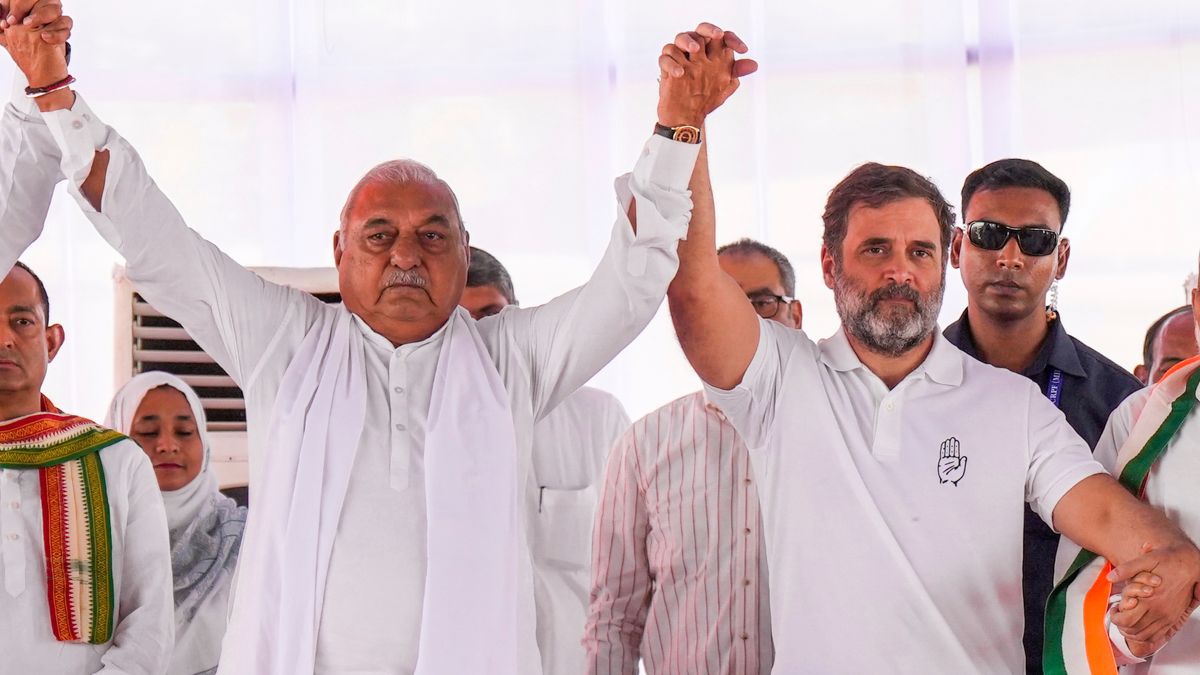)
Congress leader Rahul Gandhi with former Haryana CM Bhupinder Singh Hooda during the party's Haryana Vijay Sankalp Jansabha, ahead of Assembly polls, in Nuh, Haryana, October 3, 2024. File Photo/PTI
The Congress’ failure to wrest Haryana from the Bharatiya Janata Party (BJP) has shocked many. Defying exit polls, the saffron party held its ground in the northern state and is set to return to power for a historic third term.
According to the Election Commission of India (ECI) trends data at 5.15 pm, the BJP has won 34 seats and is ahead in 15, while the Congress has secured 30 and is leading in six. The Indian National Lok Dal (INLD) is ahead in two seats and three Independents have won.
What went wrong for the Congress?
Let’s take a closer look.
Congress’ infighting
The war between the Hoodas and Kumari Selja was an open secret in the Haryana Congress. There was a tussle over the chief minister post between Bhupinder Singh Hooda and Selja. Despite the Congress trying to portray a united front, it could not contain the internal feud.
As per an Indian Express report, Sirsa MP Selja, a prominent Dalit leader, was unhappy due to being sidelined by the Hooda camp. She even stayed away from election campaigning after the party released its last list of candidates on September 12.
Selja, who met Congress president Mallikarjun Kharge on September 22, flagged to him how she and other senior party leaders and workers were “ignored” in candidate selection, formulating the party’s manifesto and were being kept out from party platforms, the newspaper mentioned.
Hooda’s critics have claimed most of the tickets went to the former CM’s loyalists. The Congress high command also let Hooda take on the reins. It is believed the Grand Old Party did not forge an alliance with the Aam Aadmi Party (AAP) due to Hooda’s opposition.
Selja was seeking a ticket from the Uklana (SC) Assembly seat but the Congress leadership was not keen on her vacating her Sirsa Lok Sabha seat. The BJP tried to capitalise on Selja’s disgruntlement, with Union Minister Manohar Lal Khattar even asking her to quit Congress and join the BJP.
Rajya Sabha MP Randeep Singh Surjewala was also upset with the Hoodas calling the shots in Haryana.
Congress insiders told Indian Express that a blame game is set to go off after the party’s surprised drubbing.
Caste factor
Jats, who make up about 27 per cent of Haryana’s population, have a strong presence in 40 of the 90 Assembly constituencies. Chief ministers from the Jat community have ruled the Hindi belt state for 33 years since 1966 when Haryana was carved out of Punjab.
The Jat versus non-Jat divide often plays out in Haryana. The BJP has banked on the consolidation of non-Jats votes to come to power in the state.
In 2014, the BJP ended a decade-long tenure of Bhupinder Singh Hooda, a key Jat leader, to form the government. The saffron party picked Manohar Lal Khattar, a Punjabi Khatri, for the CM post. Its incumbent Nayab Singh Saini is from the OBC community.
The Congress’ major reliance on Jat voters to return to power seems to have backfired. The Grand Old Party fielded 28 Jats in the Assembly polls, while the BJP gave tickets to only 16 Jat candidates. Jats were angry with the saffron party over several issues, including farmers’ agitation and the wrestlers’ protest.
The Haryana Assembly has 17 Scheduled Caste (SC)-reserved seats. If the Congress would have retained its Dalit support base, it may have stopped the BJP juggernaut.
The Jannayak Janta Party (JJP)’s alliance with Chandrashekhar Azad’s Aazad Samaj Party and INLD’s tie-up with the Bahujan Samaj Party (BSP) might have divided the Dalit votes, benefitting the BJP, as per India Today.
Urban, rural miss
The BJP has fared well in Haryana’s urban areas, such as Gurgaon and Faridabad, over the past decade. This time, the saffron party has won the Gurgaon and Faridabad Assembly seats. Its candidate has also won the Ballabgarh constituency.
The Congress was expecting to make a splash in the rural areas. The Grand Old Party won 45 rural Assembly segments in the Lok Sabha polls earlier this year. This was a cause of alarm for the BJP, which launched a campaign backed by the Rashtriya Swayamsevak Sangh (RSS) to woo rural voters and grassroots party workers, as per India Today.
It seems it worked for the saffron party, catching the Congress by surprise.
Why Congress needed victory in Haryana
A win in Haryana would have added to the Congress’ revival streak in the elections. The saffron party has been celebrating its better-than-expected performance in the Lok Sabha results.
After bagging five of the 10 Lok Sabha seats in Haryana, the Grand Old Party was confident of trouncing the BJP in the Assembly polls.
The Grand Old Party has not won any Assembly election in northern India since 2018, barring Himachal Pradesh in 2022. The Haryana victory would have changed that, with the party approaching the upcoming Maharashtra and Jharkhand elections on a more sure footing, as per Indian Express.
The Congress’ win would have also helped it in furthering the narrative that the BJP is losing its hold on parts of north India. The saffron party lost seats in the Lok Sabha polls in Uttar Pradesh, Haryana, Rajasthan and Bihar, while retaining seats in Madhya Pradesh, Chhattisgarh, Uttarakhand and Himachal Pradesh.
The loss has left Congress with something to introspect. It cannot afford to make similar mistakes ahead of the other two crucial state elections.
With inputs from agencies

 1 month ago
14
1 month ago
14
)

















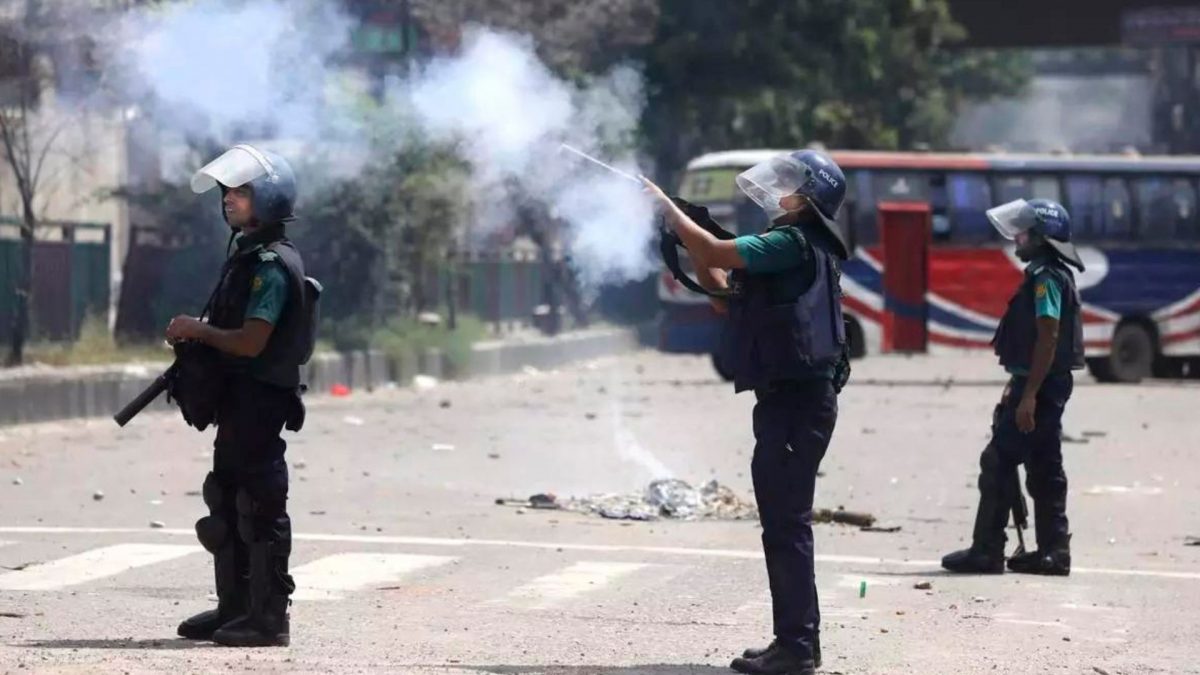)
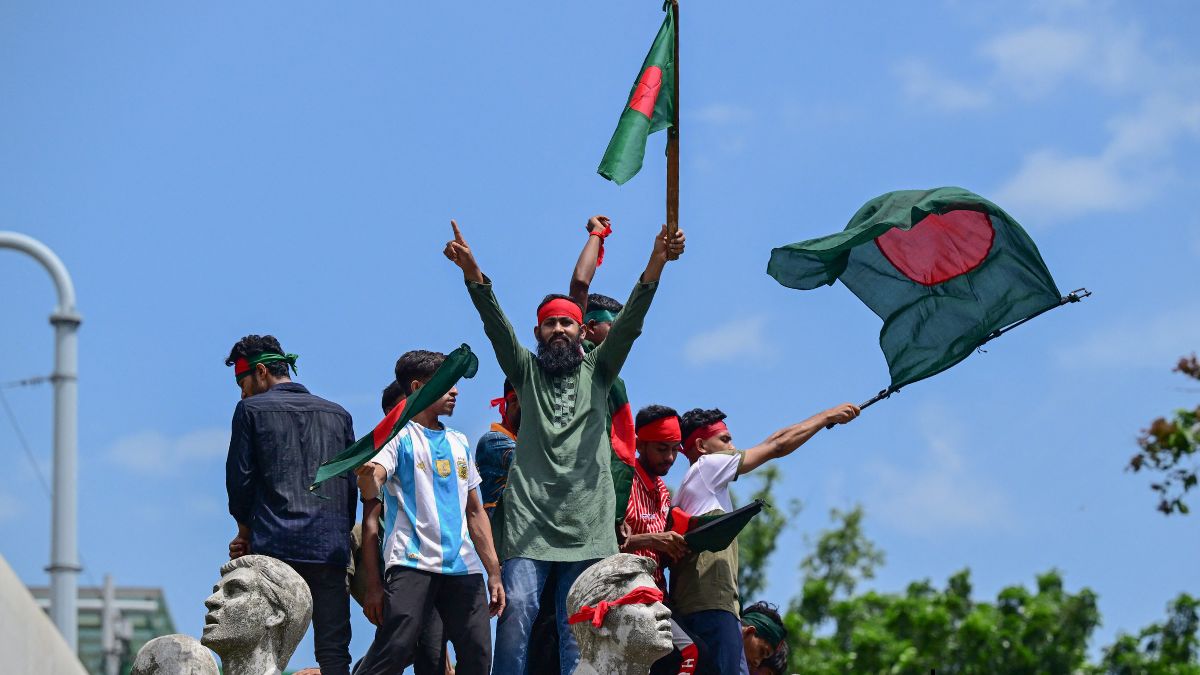)
)
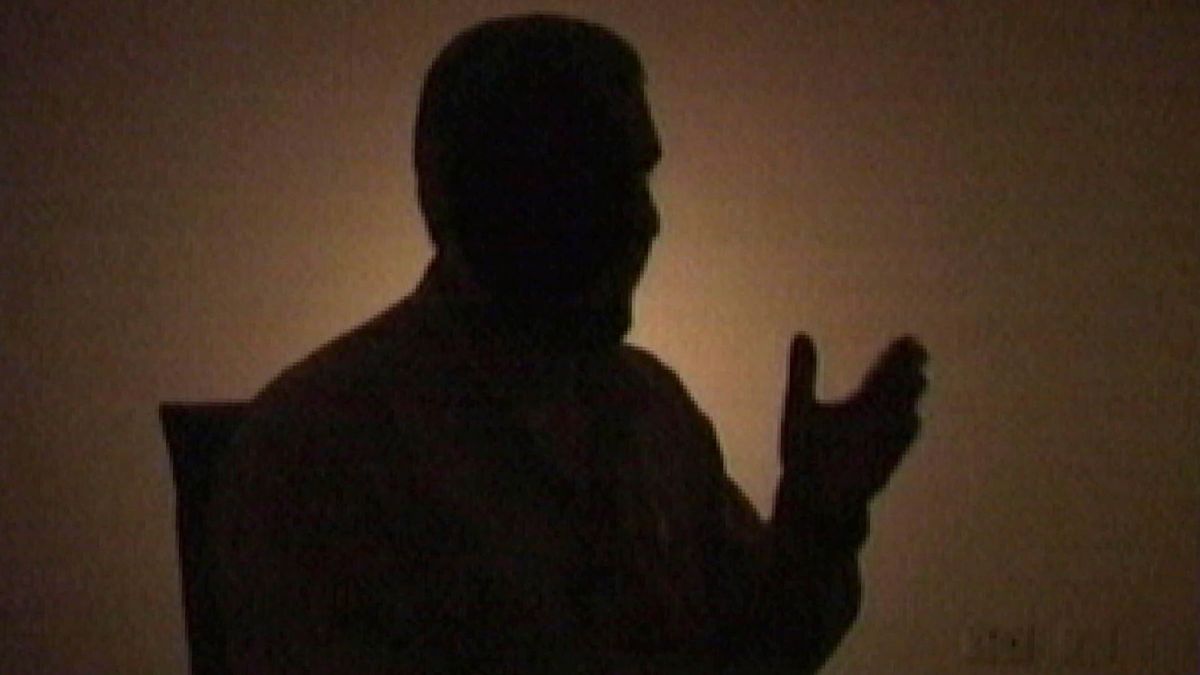)
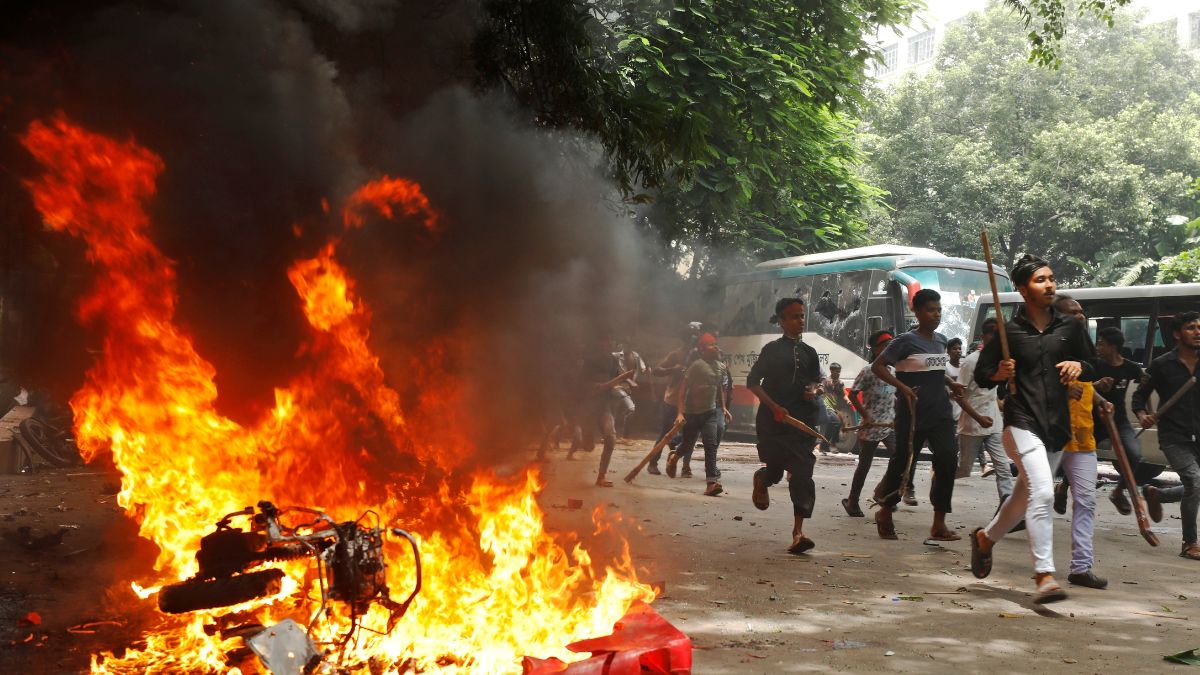)
)
)
 English (US) ·
English (US) ·